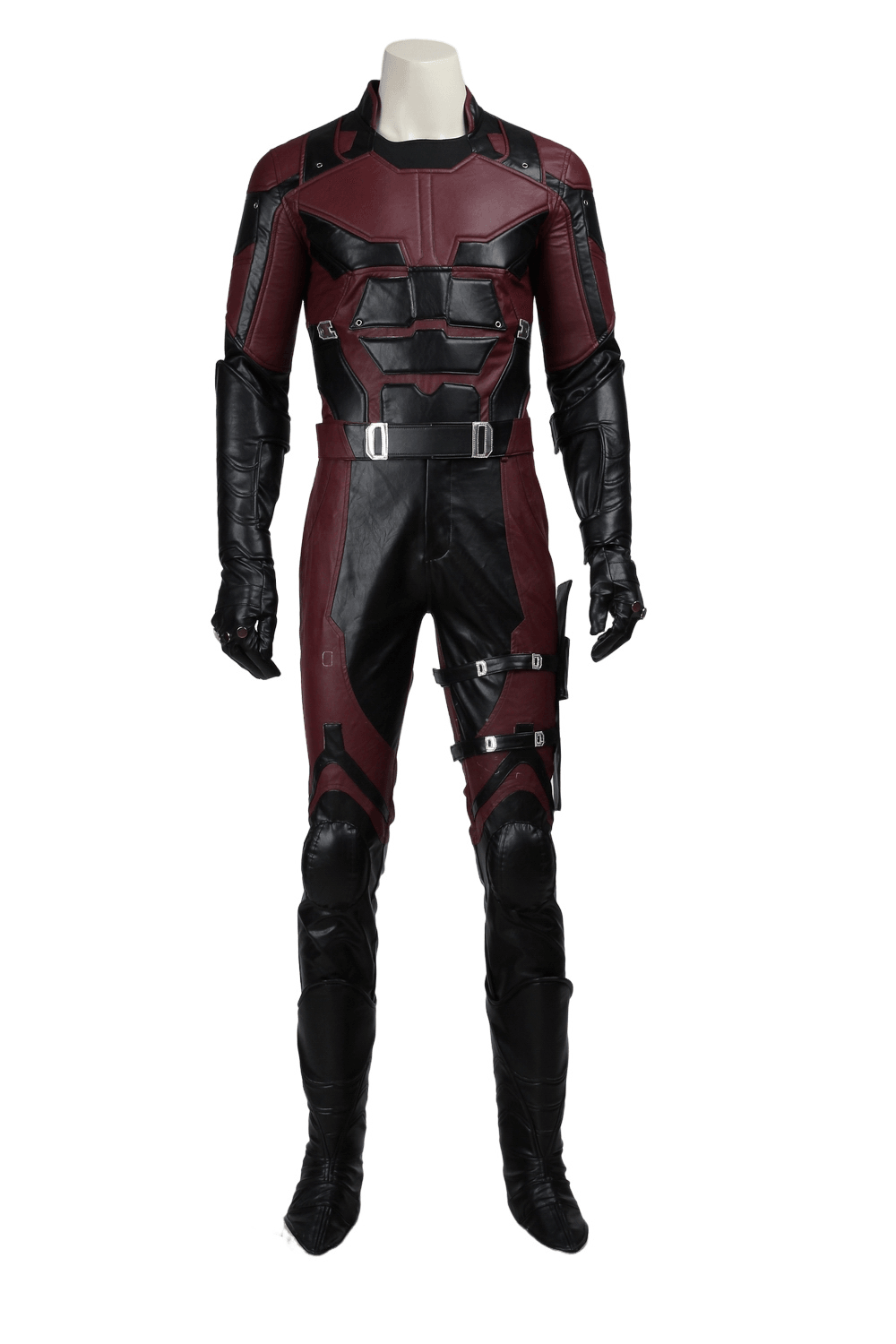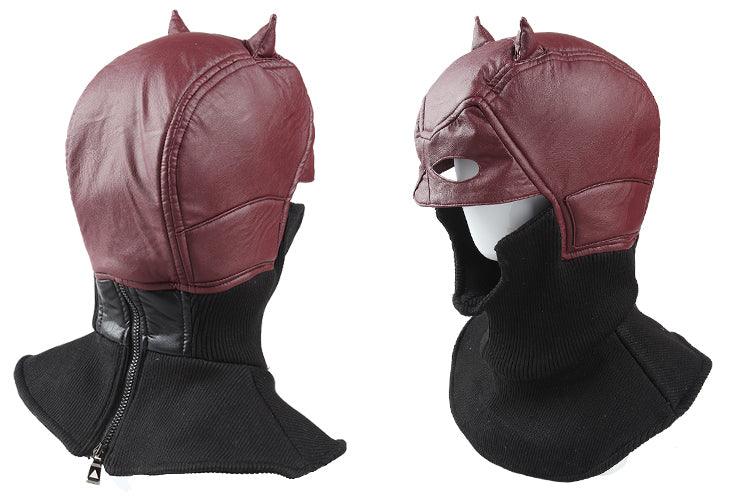How to Make Cosplay Armor: A Beginner's Guide
Cosplay armor is an essential element for bringing many characters to life, from medieval knights to futuristic space marines. For beginners, creating impressive armor pieces might seem daunting, but with the right materials, tools, and techniques, you can craft amazing costumes that will turn heads at any convention. This guide will walk you through the process of making cosplay armor using foam, from selecting materials to adding finishing touches.
Choosing Your Materials
The most popular material for creating cosplay armor is EVA (Ethylene-Vinyl Acetate) foam. It's versatile, affordable, and easy to work with, making it perfect for beginners. Here are the main types of EVA foam you'll encounter:
-
Floor mats: These interlocking puzzle-piece style mats are widely available and come in various thicknesses. They're great for larger armor pieces.
-
Craft foam sheets: Thinner sheets ideal for detailing and smaller components.
-
High-density foam: More rigid and durable, perfect for pieces that need extra strength.
When selecting foam, consider the following factors:
-
Thickness: Common thicknesses range from 2mm to 10mm. Thicker foam is better for main armor pieces, while thinner foam works well for details.
-
Texture: Some foam has a textured side, which can add interesting details to your armor.
-
Color: While you'll be painting your armor, starting with a color close to your final design can save time.
Essential Tools and Materials
To create your foam armor, you'll need the following tools and materials:
Cutting tools:
-
Sharp scissors
-
Craft knife or X-Acto knife
-
Hot knife (for clean, melted edges)
Shaping and detailing tools:
-
Heat gun
-
Dremel or rotary tool
-
Soldering iron (for adding texture)
Adhesives:
-
Contact cement
-
Hot glue gun
-
Super glue
Pattern-making supplies:
-
Paper or card stock
-
Pencils and markers
-
Measuring tape
Finishing materials:
-
Primer (Plasti Dip works well)
-
Acrylic paints
-
Clear sealant
Safety equipment:
-
Respirator mask
-
Safety glasses
-
Work gloves
Creating Your Armor Pattern
Before cutting into your foam, you need to create a pattern. Here's how:
-
Reference gathering: Collect images and screenshots of your character from multiple angles.
-
Body measurements: Take accurate measurements of the body parts where the armor will be worn.
-
Pattern drafting: Use paper or card stock to create a basic pattern. Start with simple geometric shapes that match the overall form of the armor piece.
-
Mockup: Create a prototype using cheap materials like paper or cardboard. This allows you to test the fit and make adjustments before cutting into your foam.
-
Pattern refinement: Once you're satisfied with the mockup, transfer the pattern to more durable material like poster board.
Cutting and Shaping the Foam
Now that you have your pattern, it's time to start working with the foam:
-
Tracing: Lay out your foam and trace the pattern pieces onto it using a marker or pen.
-
Cutting: Use your cutting tools to carefully cut out the foam pieces. For straight lines, use a ruler as a guide. For curves, take your time and make smooth, continuous cuts.
-
Heat shaping: Use a heat gun to carefully warm the foam. As it becomes pliable, you can curve and shape it. Work in small sections and be careful not to overheat the foam, as it can melt or burn.
-
Beveling edges: To create a more realistic look, use a Dremel or sandpaper to bevel the edges of your armor pieces. This gives them a thinner, sharper appearance.
Adding Details and Texture
To make your armor more interesting and authentic-looking, add details and texture:
-
Layering: Glue thinner pieces of foam onto your base armor to create raised details.
-
Engraving: Use a soldering iron or wood burner to carefully etch designs into the foam surface.
-
Texturing: Create various textures by pressing materials like crumpled aluminum foil or textured wallpaper into the heated foam surface.
-
Weathering: Use a heat gun to slightly melt and distress the foam surface, creating a battle-worn look.
Assembling the Armor
Once all your pieces are cut and detailed, it's time to put them together:
-
Dry fitting: Before gluing, arrange all the pieces to ensure they fit correctly.
-
Adhesives: Use contact cement for large, flat surfaces and hot glue for smaller details or quick fixes.
-
Reinforcement: For areas that will experience stress, consider adding extra support with materials like Worbla or craft foam.
-
Flexibility: For parts that need to move, like elbow or knee joints, consider using elastic or creating overlapping plates.
Priming and Painting
The final step is to give your armor a professional-looking finish:
-
Sealing: Apply several thin coats of Plasti Dip or a similar flexible sealant to create a smooth surface and protect the foam.
-
Base coat: Apply a base coat of paint that matches the primary color of your armor.
-
Detailing: Use various painting techniques like dry brushing, washes, or airbrushing to add depth and highlights to your armor.
-
Weathering: If desired, add weathering effects like battle damage or rust using paint techniques or additional materials.
-
Sealing: Finish with a clear sealant to protect your paint job and add shine if desired.
Tips for Specific Armor Types
Different types of armor require slightly different approaches. Here are some tips for common armor styles:
Medieval Armor:
-
Focus on creating a layered look with plates and chainmail effects.
-
Use metallic paints and weathering techniques to create a worn, battle-tested appearance.
-
Consider adding leather-like elements for straps and accents.
Sci-Fi Armor:
-
Incorporate smooth, sleek lines for a futuristic look.
-
Use LED lights or EL wire to add glowing elements.
-
Consider using metallic or iridescent paints for a high-tech finish.
Fantasy Armor:
-
Let your imagination run wild with organic shapes and intricate designs.
-
Incorporate elements inspired by nature, like leaves or animal motifs.
-
Use a variety of textures to create visual interest.
Comfort and Wearability
While creating visually impressive armor is important, don't forget about comfort and practicality:
-
Ventilation: Incorporate small holes or gaps in your armor design to allow for airflow.
-
Weight distribution: Ensure that the weight of your armor is evenly distributed to prevent strain on any one area.
-
Mobility: Test your armor's range of motion frequently during the creation process. Make adjustments as needed to ensure you can move comfortably.
-
Attachment methods: Use a combination of velcro, snaps, and elastic to make your armor easy to put on and take off.
Advanced Techniques
As you become more comfortable with basic foam armor creation, you might want to explore more advanced techniques:
-
Foam smithing: This involves using heat to dramatically reshape and form foam into complex shapes.
-
Integrating other materials: Combine foam with materials like Worbla, 3D printed parts, or even real metal elements for added durability and realism.
-
Electronics integration: Incorporate LEDs, small motors, or sound modules to add interactive elements to your armor.
-
Custom print transfers: Design and apply custom decals or prints to your armor for unique patterns and logos.
Troubleshooting Common Issues
Even experienced cosplayers encounter problems. Here are solutions to some common issues:
-
Uneven cuts: Practice your cutting technique on scrap foam. Consider using a hot knife for cleaner edges.
-
Visible seams: Use wood filler or Kwik Seal to fill in gaps, then sand smooth before painting.
-
Paint chipping: Ensure you're using a flexible paint designed for foam, and always seal your work properly.
-
Warping: Store your armor pieces flat and away from heat sources when not in use.
Inspiration and Resources
For inspiration and further learning, check out these resources:
-
Online communities: Websites like CrazeCosplay.com offer tutorials, tips, and a supportive community for cosplayers of all levels.
-
Social media: Follow cosplay artists on Instagram and Twitter for behind-the-scenes looks at their creation process.
-
Cosplay books: Many experienced cosplayers have published detailed guides on armor-making techniques.
-
Video tutorials: YouTube is an excellent resource for visual learners, with many step-by-step armor-making videos.
Conclusion
Creating cosplay armor from foam is a rewarding process that combines creativity, craftsmanship, and problem-solving. With practice, patience, and the right techniques, you can transform simple foam sheets into impressive, screen-accurate armor pieces. Remember that every cosplayer starts somewhere, so don't be discouraged if your first attempts aren't perfect. Each project is an opportunity to learn and improve your skills.
As you embark on your foam armor-making journey, don't be afraid to experiment with different techniques and materials. The cosplay community is known for its innovation and willingness to share knowledge, so reach out to fellow cosplayers for advice and inspiration. With dedication and practice, you'll soon be creating cosplay armor that turns heads and brings your favorite characters to life.
Whether you're crafting a knight's breastplate, a space marine's helmet, or a superhero's gauntlets, the principles outlined in this guide will serve as a solid foundation for your foam armor projects. So gather your materials, fire up that heat gun, and let your creativity soar. The world of cosplay armor awaits, and with foam as your medium, the possibilities are endless.
Remember, the key to success in cosplay armor making is patience, practice, and persistence. Don't be afraid to make mistakes – they're all part of the learning process. With each project, you'll gain new skills and insights that will help you create even more impressive armor in the future. So start small, learn the basics, and gradually work your way up to more complex designs. Before you know it, you'll be crafting cosplay armor that looks like it stepped right out of your favorite game, movie, or comic book.







